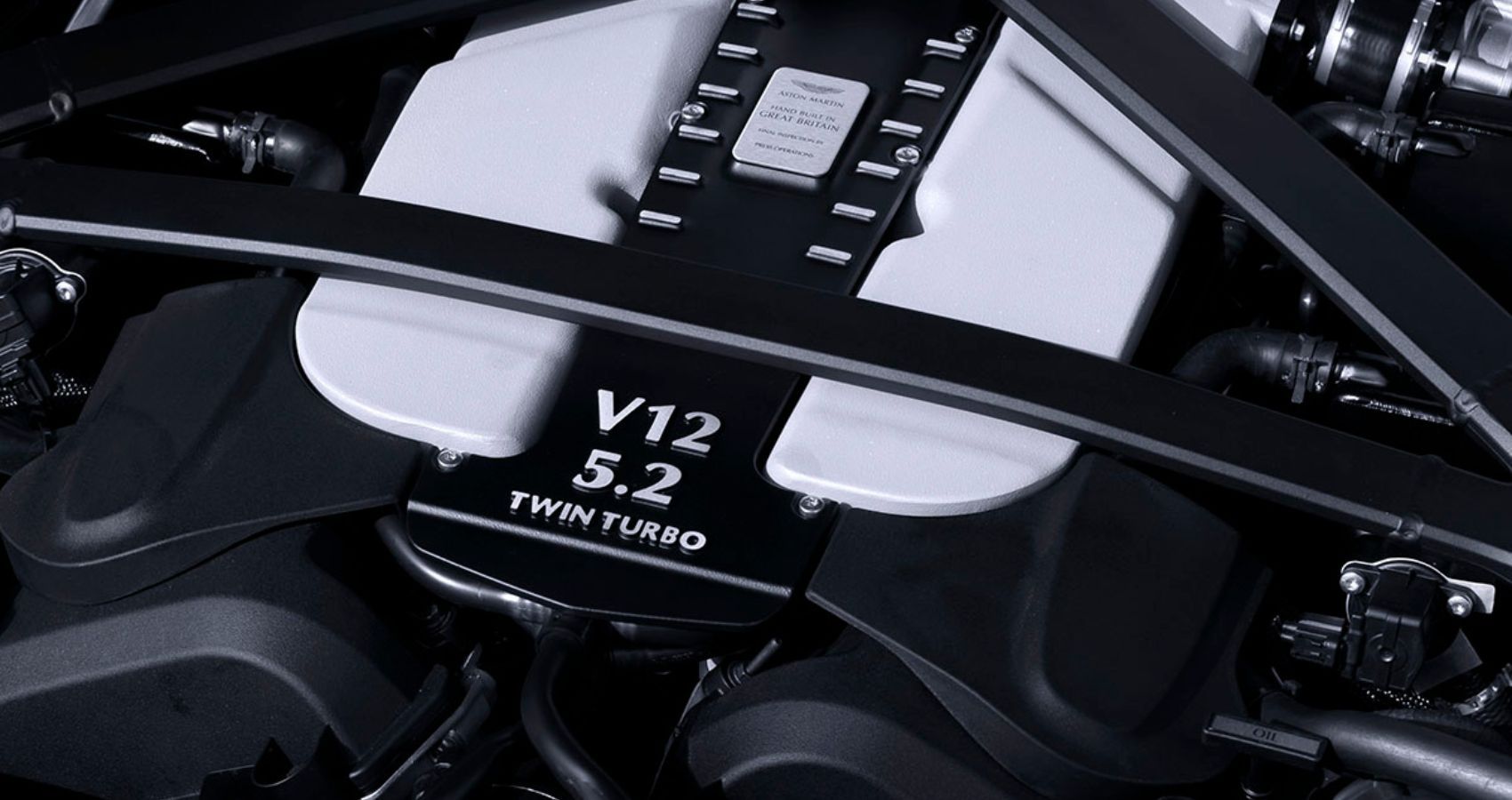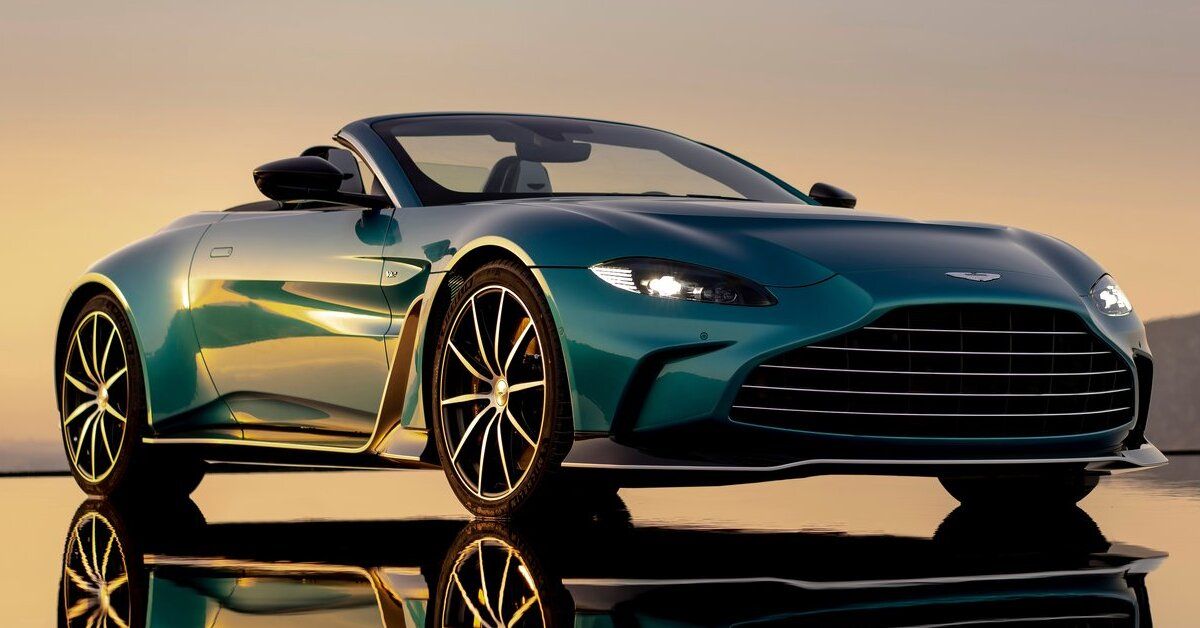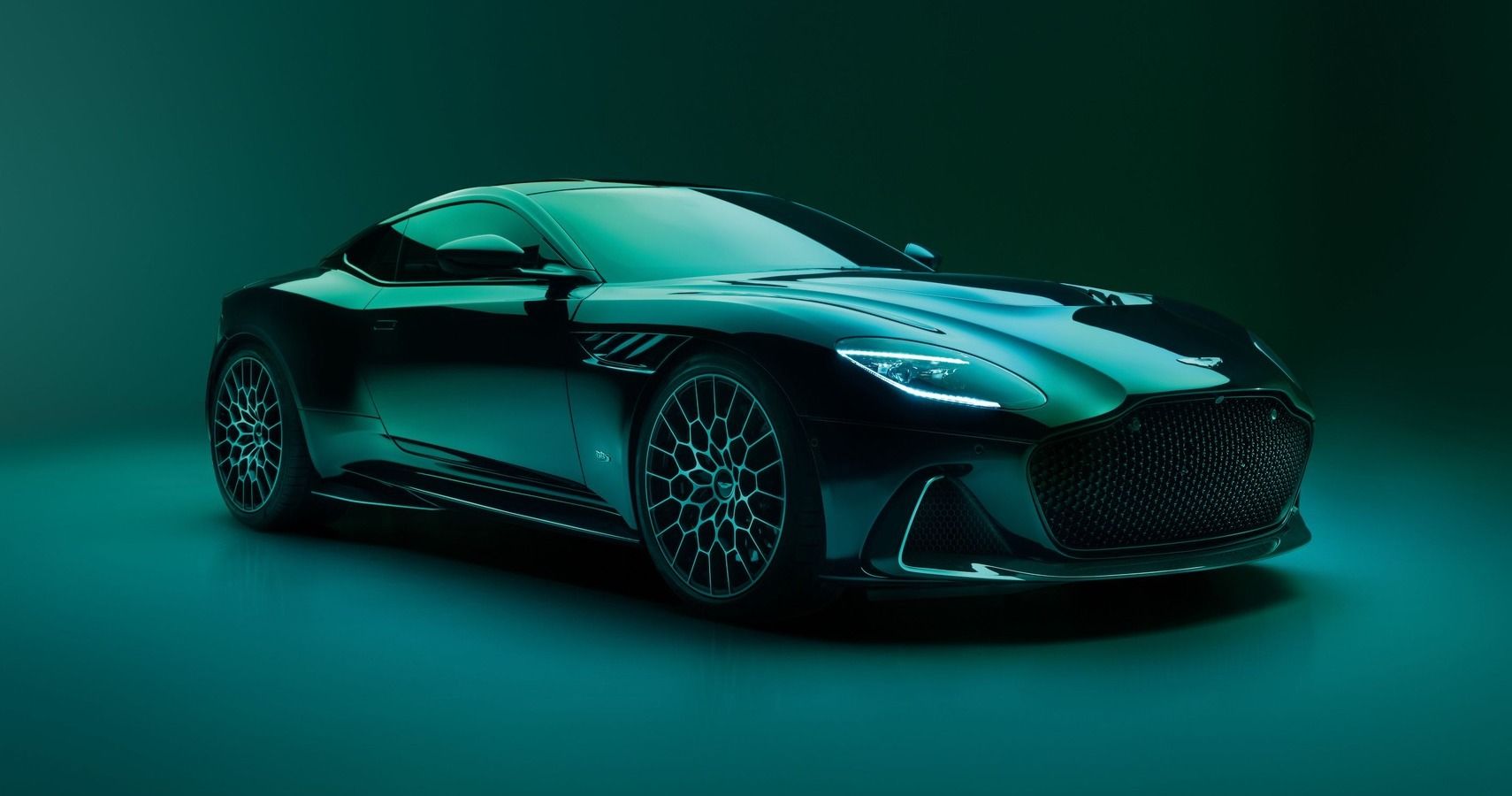Aston Martin’s V12 sports cars pack one of the most legendary engines ever to grace the motoring world. And it started life under Ford’s leadership.

Aston Martin has a long history of manufacturing beautiful sports cars, many of which have been powered by a V12 engine. Aston Martin first presented the V12 engine design in the ’90s, and since then, it has become a staple of the brand’s lineup.
Some of the most legendary Aston Martin models to feature V12 engines include the DB5, the DBS, and the Vanquish. The V12 engines produced by Aston Martin are known for their smooth, powerful performance. And its iconic engine helped establish the brand’s reputation for creating high-quality sports cars.
Considering how the age of bigger ICEs like the V12 and V8 is coming to an end, here’s us looking back at the legacy of one of the most iconic V12s ever.
History Of Aston Martin Before Its V12 Sports Cars
Since its humble beginnings as a maker of racing cars in 1913, Aston Martin has come a long way. Founded by Lionel Martin and Robert Bamford, the company’s first cars were designed by Augustus Bertelli and won several races in the 1920s.
The 1930s were difficult for the brand, and it changed hands several times. Nevertheless, it still produced some noteworthy models, such as the Le Mans-winning Ulster. After World War II, Aston Martin began producing road cars, and its first postwar models included the DB2 and DB2/4.
The 1950s and 1960s saw the production of some of the company’s most iconic models, such as the DB4, DB5, and DB6. The company’s later models—including the V8 and Vantage—were produced in the 1970s after Company Developments Ltd acquired the company. The 1990s saw Aston Martin under the ownership of Ford Motor Company.
The Birth Of Aston Martin’s Iconic V12 Engines
In 1994, the Aston Martin AML V12 project was launched at Ford’s Advanced Powertrain division, as Ford maintained Aston Martin at the time. The project was meant to build a one-of-a-kind V12 engine for Aston Martin using Ford’s engineering and technology resources.
The goal was to create a V12 that could compete at the Le Mans 24 Hours that packs high torque from low RPM and oodles of horsepower. It was also deemed to be scalable for future power growth. This was supposed to be achieved by only using insights from other Ford projects, if needed, without compromising the design.
The AML V12 design used the piston assemblies and valve train components from Ford’s Duratec V6 series and featured an all-new block, cylinder head, and crankshaft design. This may have led to the incorrect belief of the AML V12 being “two Duratec V6s welded together,” but in truth, the V12 engines are different.

The Duratec V6 is made of A319 cast aluminum with cast-in iron liners and a bed-plate bottom end. But the Aston Martin V12 is made of A365-T6 aluminum with a deep-skirt six-bolt main block, thin wall press-in liners, and openly mounted drive decorations. The V12 engine has a piston firing every 60 degrees of crankshaft rotation, giving it one of the most efficient power supplies of any engine.
The V12 engine developed for Aston Martin was exclusive, delivering high power and torque that met the necessities of high-performance vehicles. The engine was designed to be highly efficient, offering excellent fuel economy, low emissions, and long-lasting performance.
Ford’s Advanced Powertrain engineers aimed to produce an engine that could deliver exceptional acceleration and high speeds while upholding a smooth and superior operation. To reach this goal, they utilized the latest technology and manufacturing techniques. This included the best materials and developed groundbreaking designs that lessened friction and reduced weight.

The outcome was an engine that surpassed all expectations. It delivered a high level of performance that made it perfect for high-performance vehicles like the Aston Martin Vantage, DB9, and Rapide. The AML V12 remains one of the most advanced and highly regarded engines in the automotive world. It is famous for its smooth and refined performance, excellent power and torque, and supreme efficiency.
In 2007, a group of investors led by David Richards purchased Aston Martin. In the years since then, the company has released new models such as the DB11, Vantage, and DBS Superleggera. With a century under its belt, Aston Martin’s cars continue to embody excellence in both style and performance, with the iconic V12 being the center attraction.
These days, the legacy of the AML V12 continues to form the yet-to-come future of high-performance engine design. Despite the rampant electrification of automobiles, it still inspires a new generation of engineers to push the limits of automotive engineering.
Pushing The 5.2 V12 Limits: The Most Powerful Aston Martin Yet
The DBS 770 Ultimate is Aston Martin’s most powerful production car yet. The British automaker runs its 5.2-Liter V12 engine on steroids to pump out 759 hp and 664 lb-ft of torque to the rear wheels via a ZF eight-speed automatic transmission. The Aston Martin DBS 770 Ultimate does 0-60 mph in 3.2 seconds and has a top speed of 211 mph.











